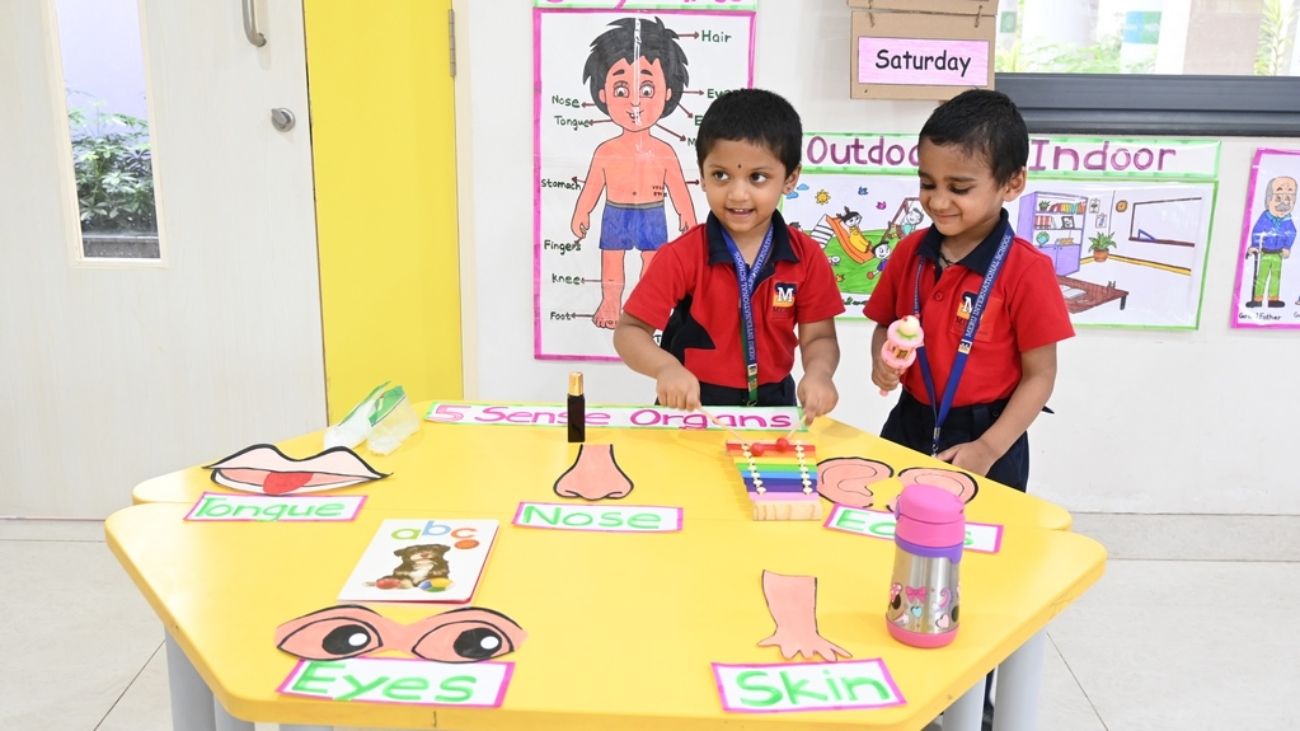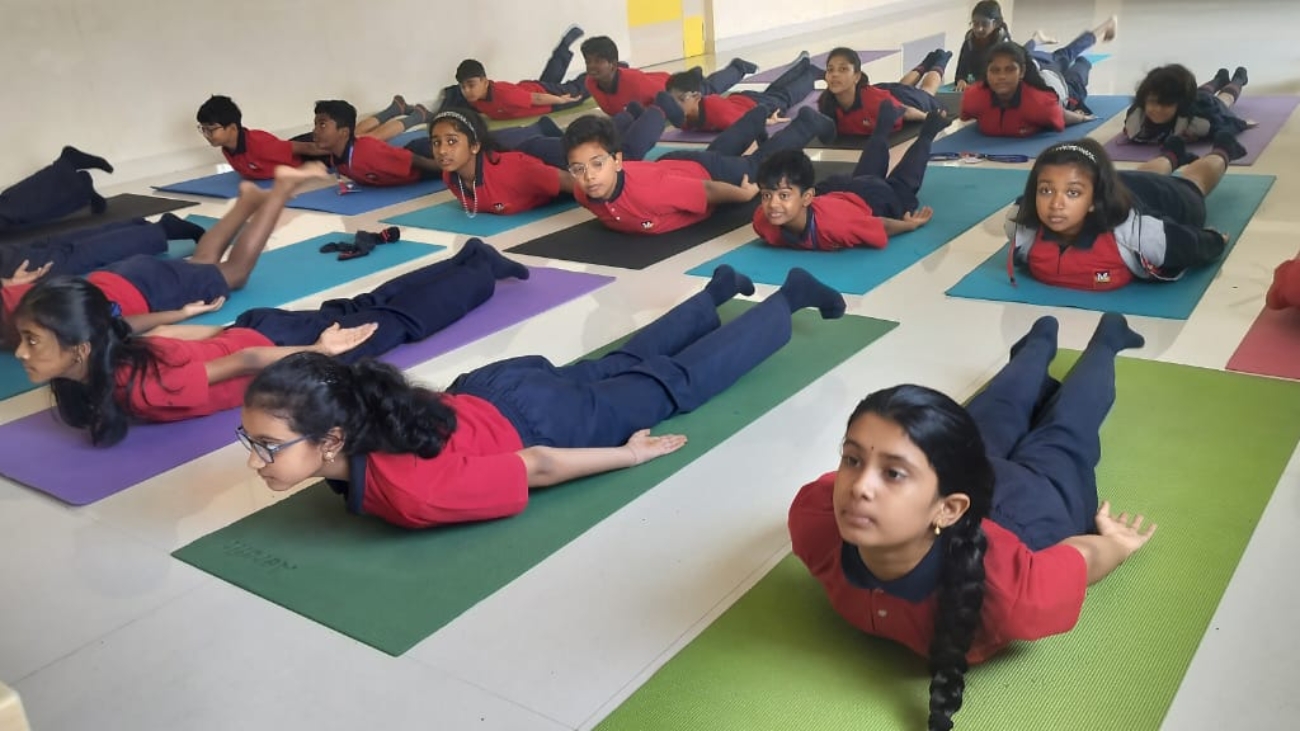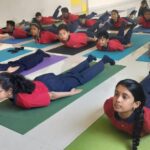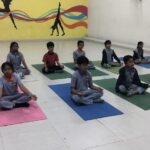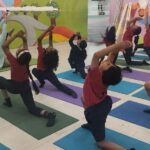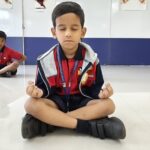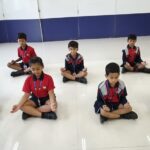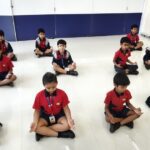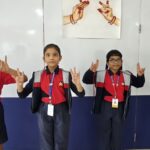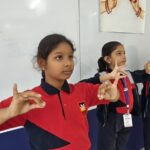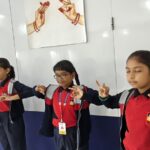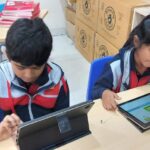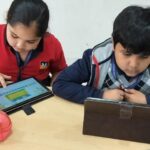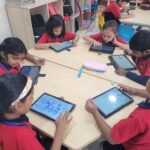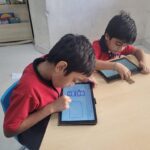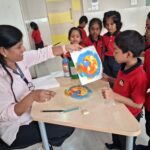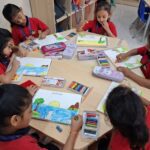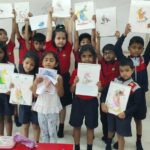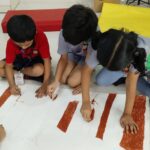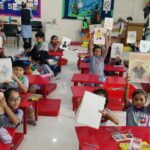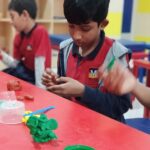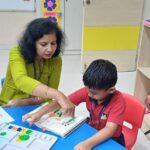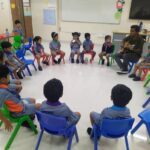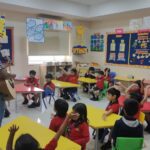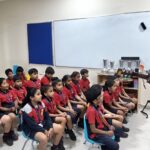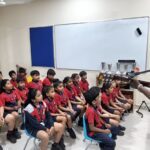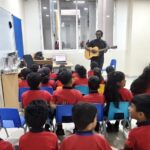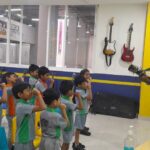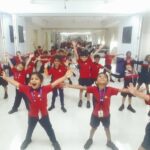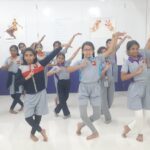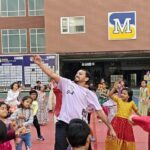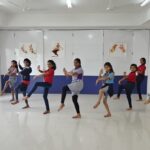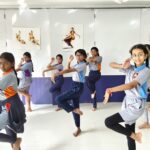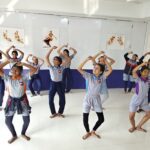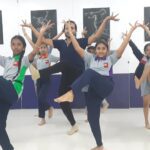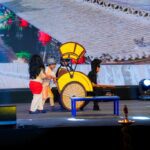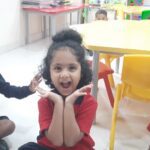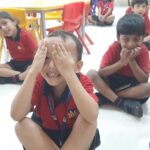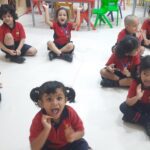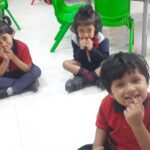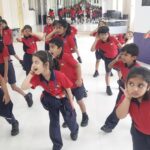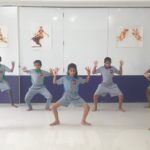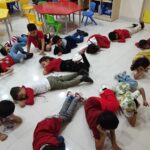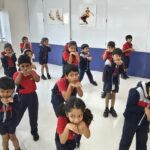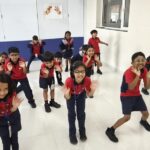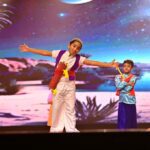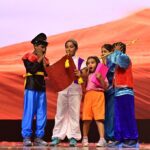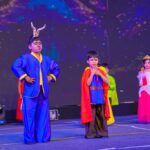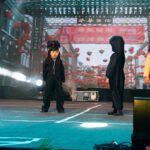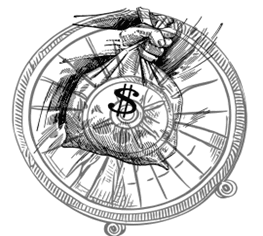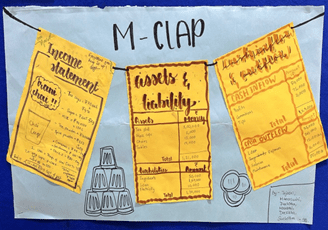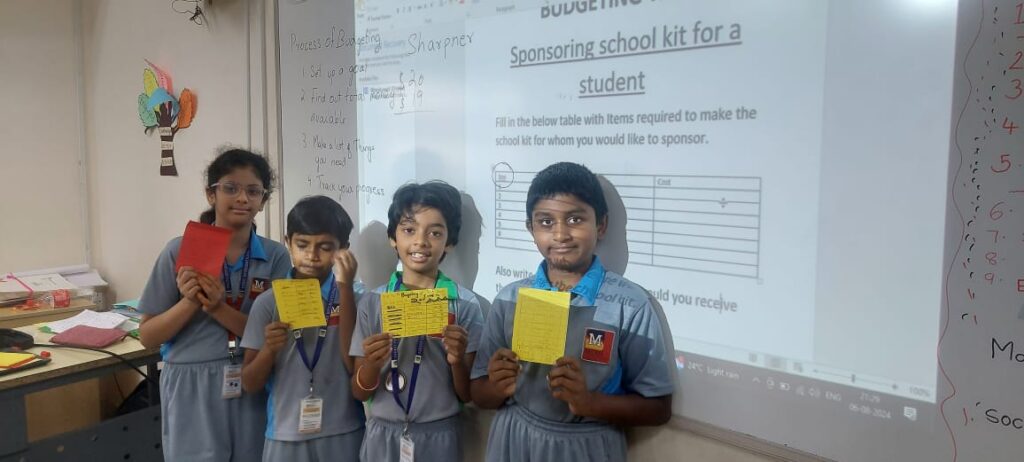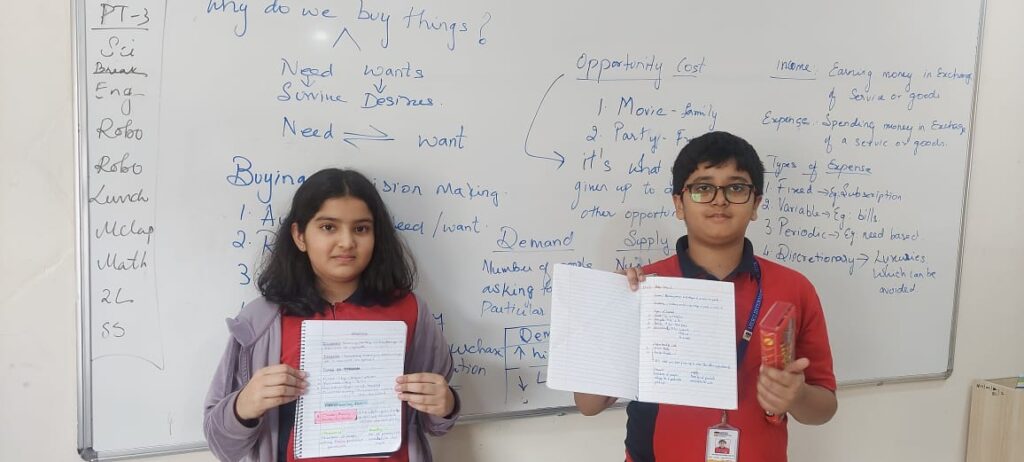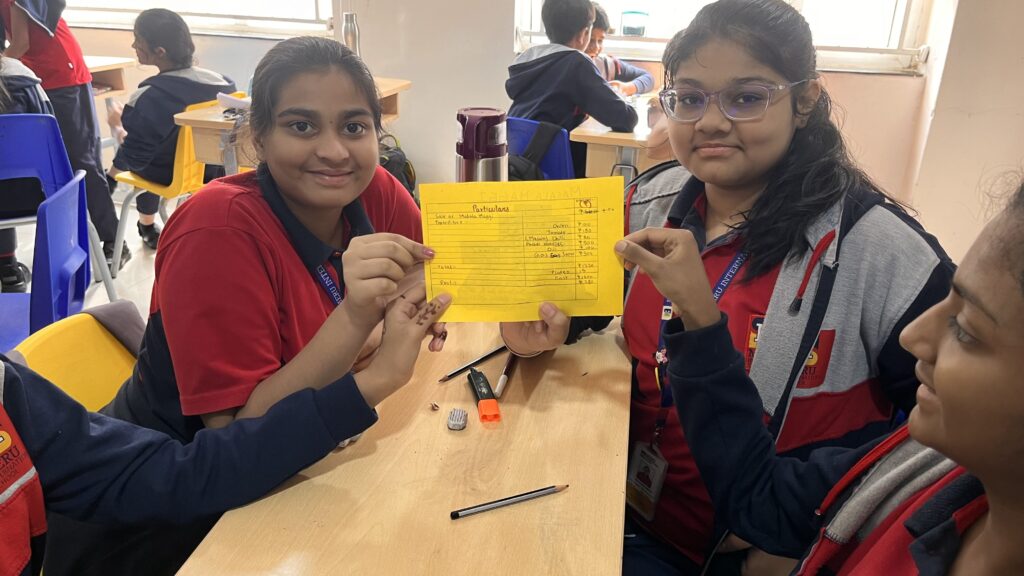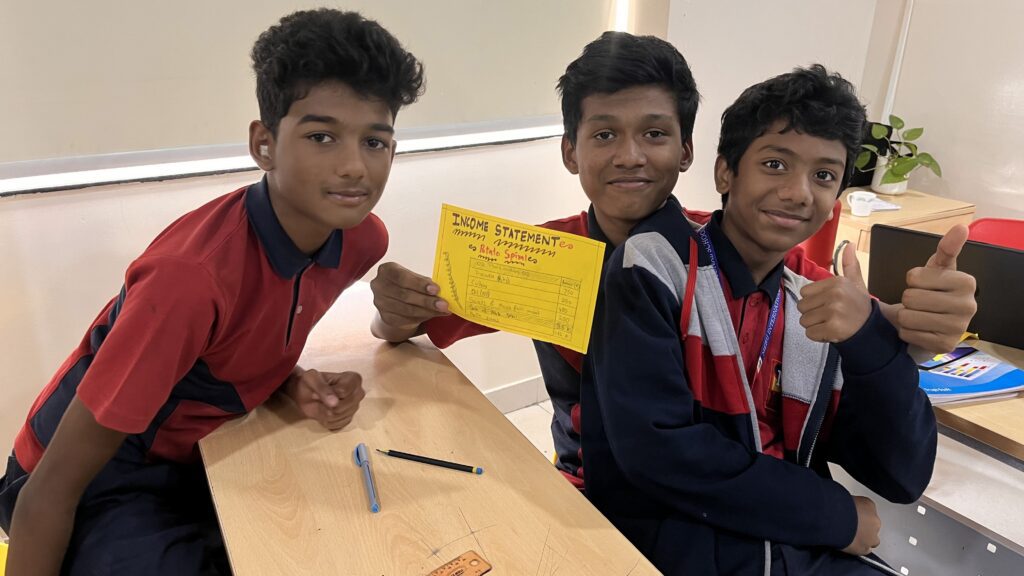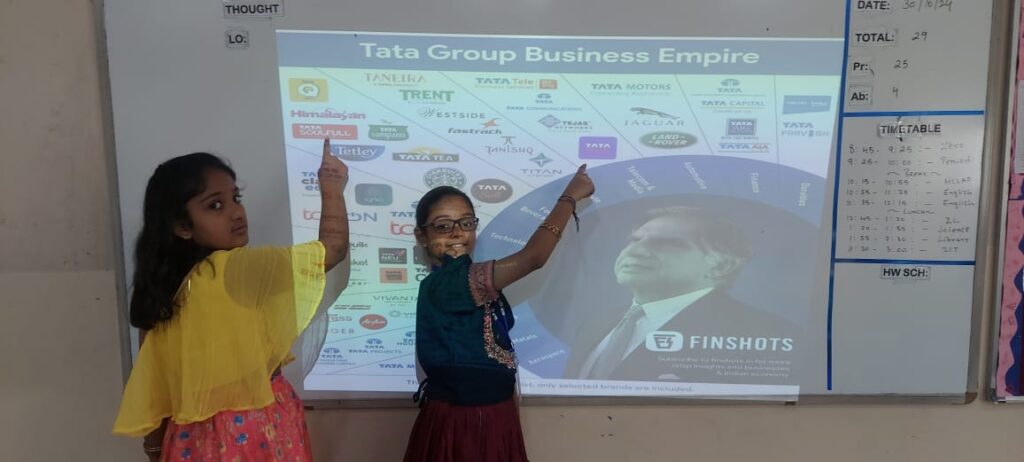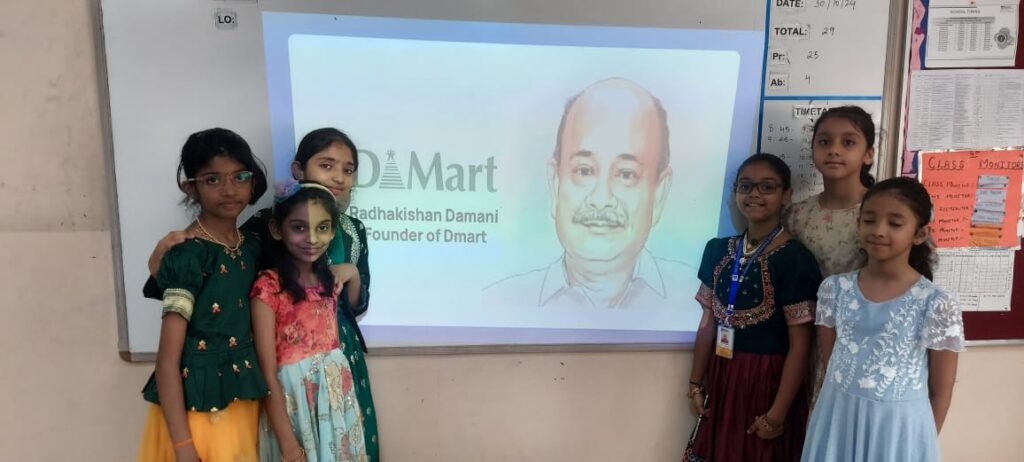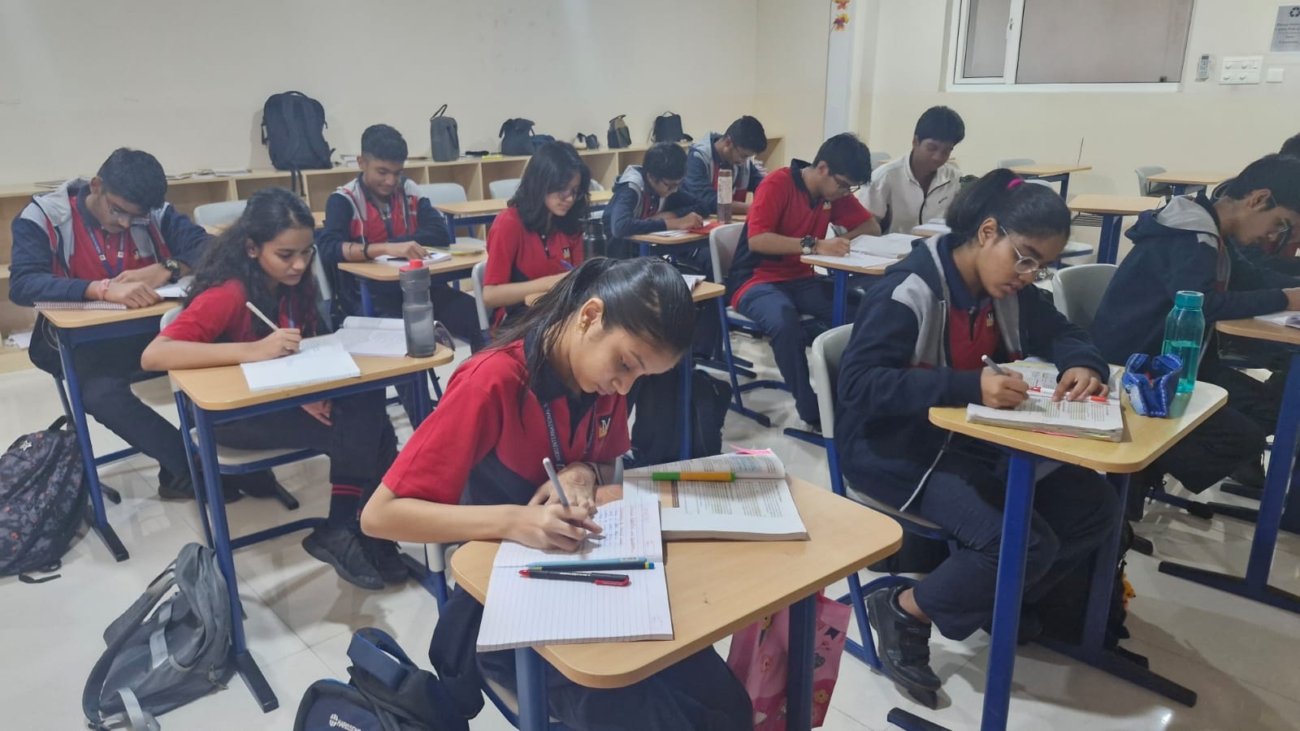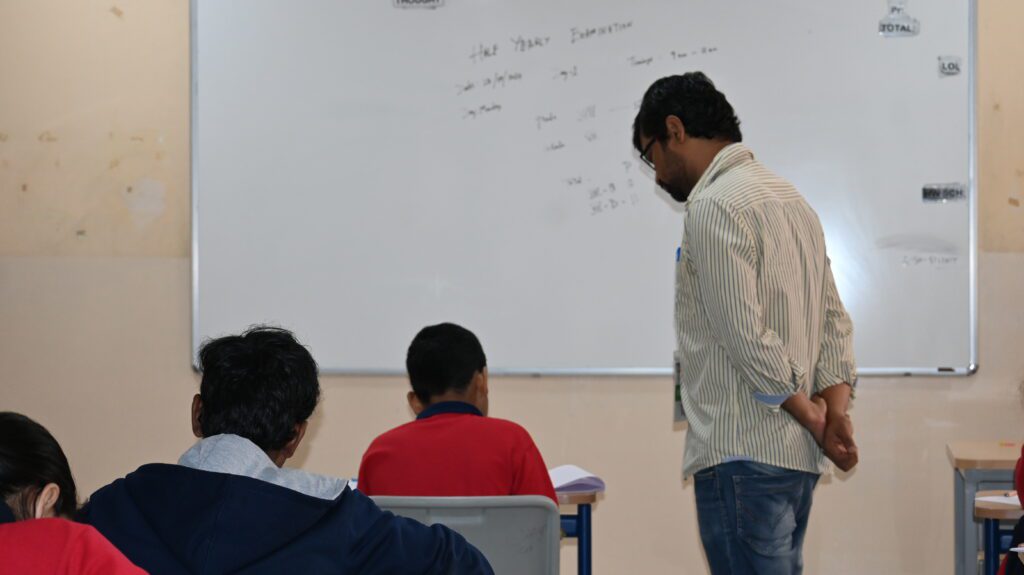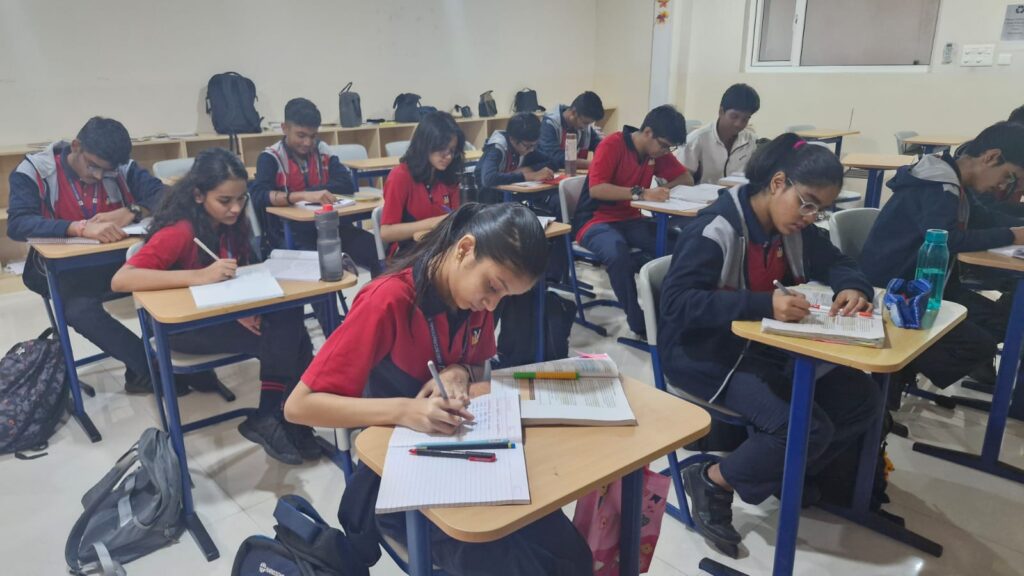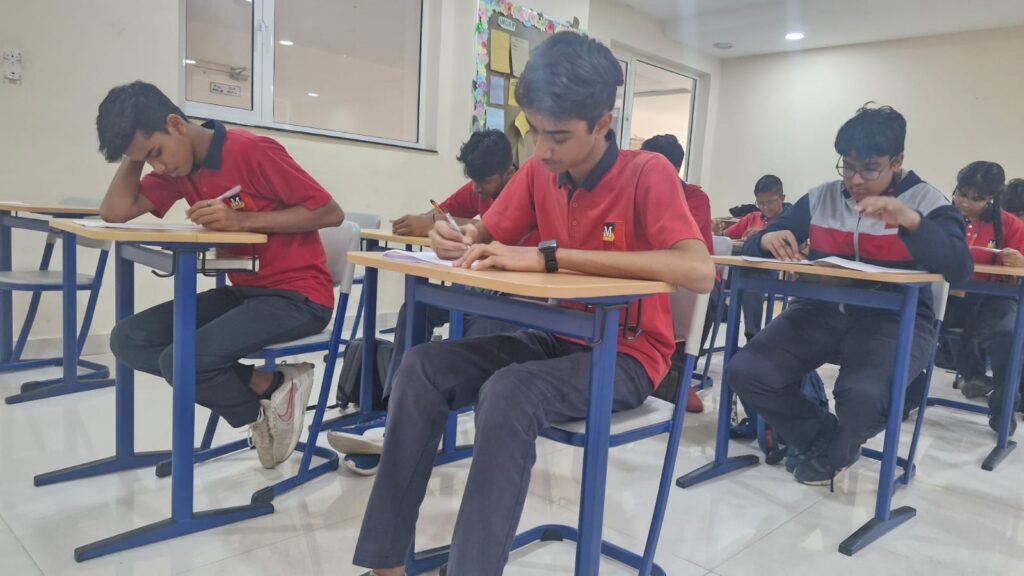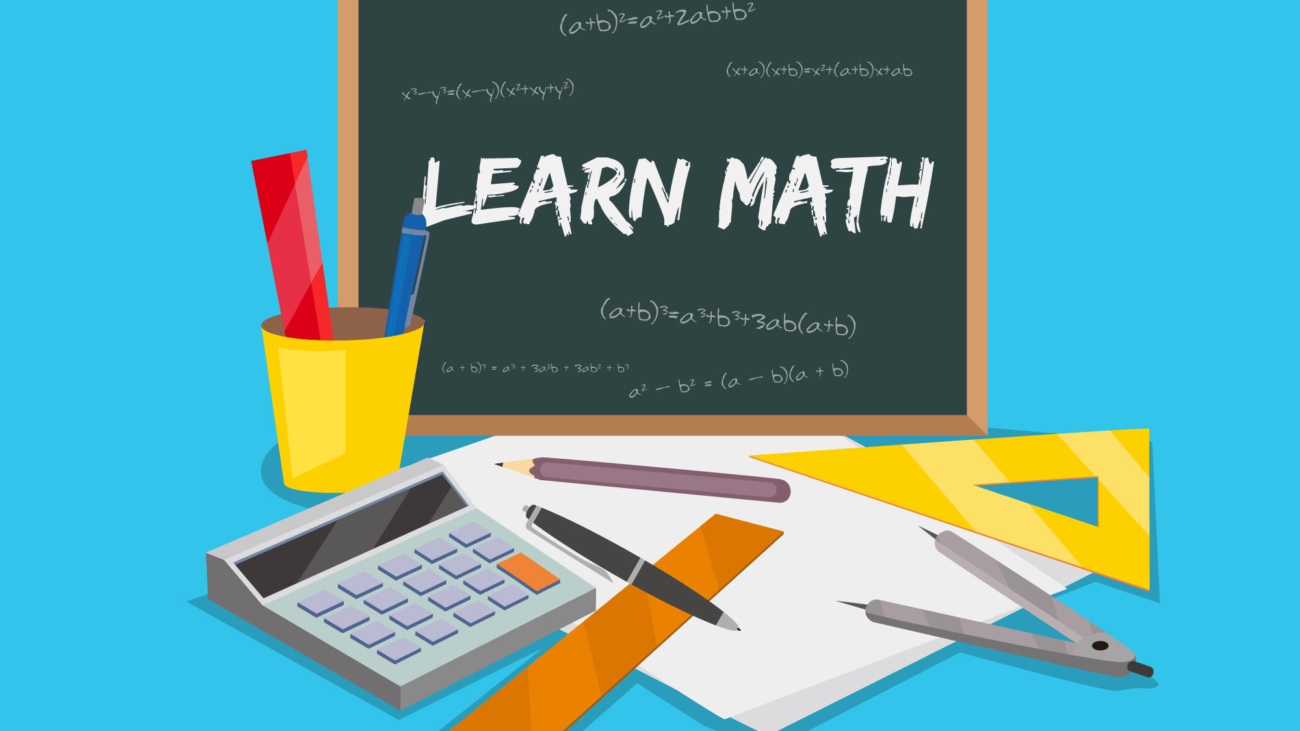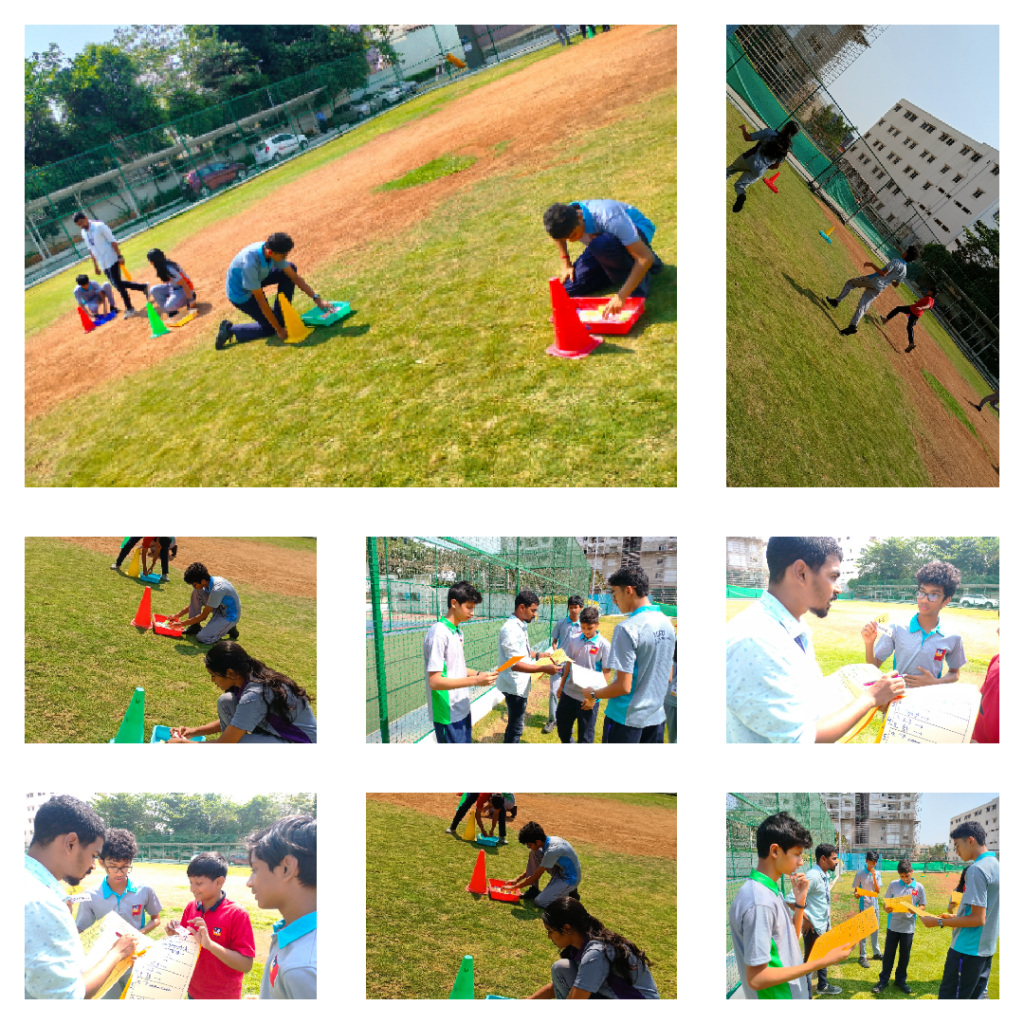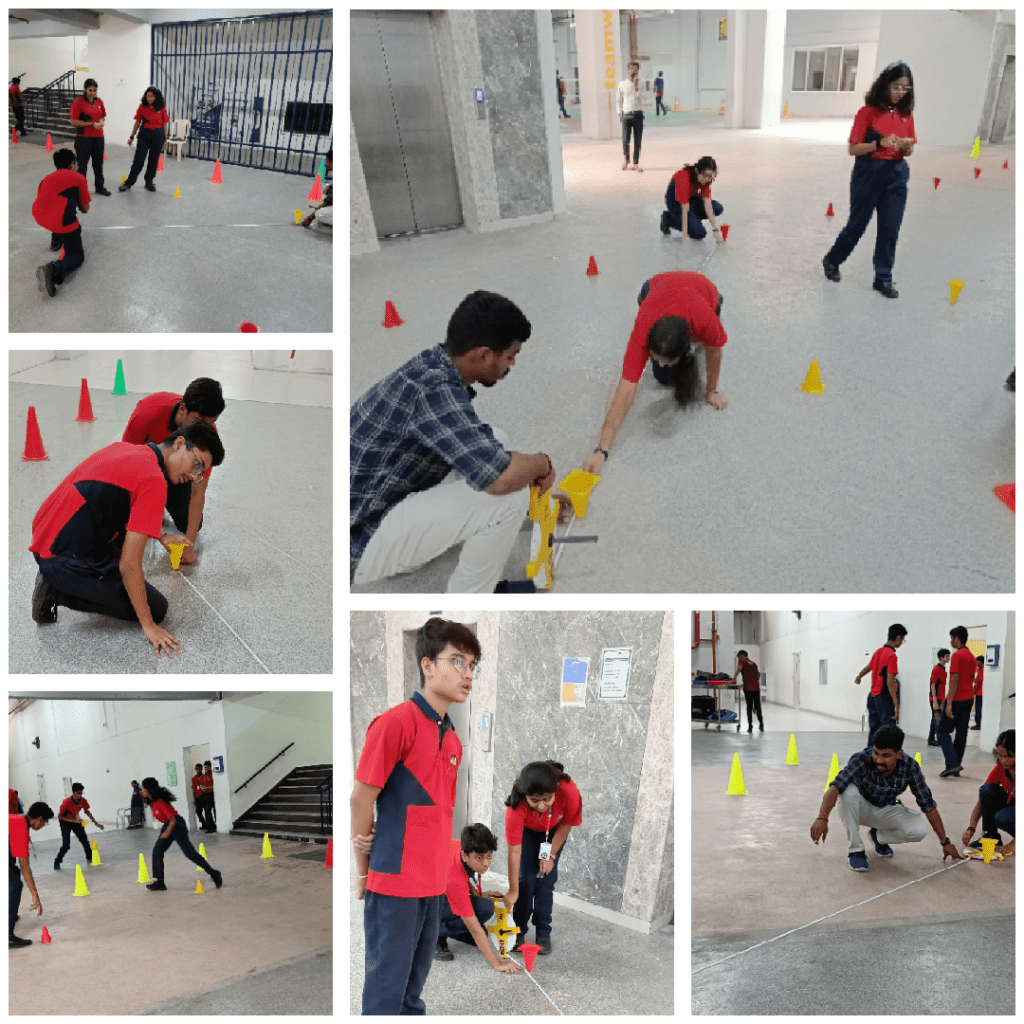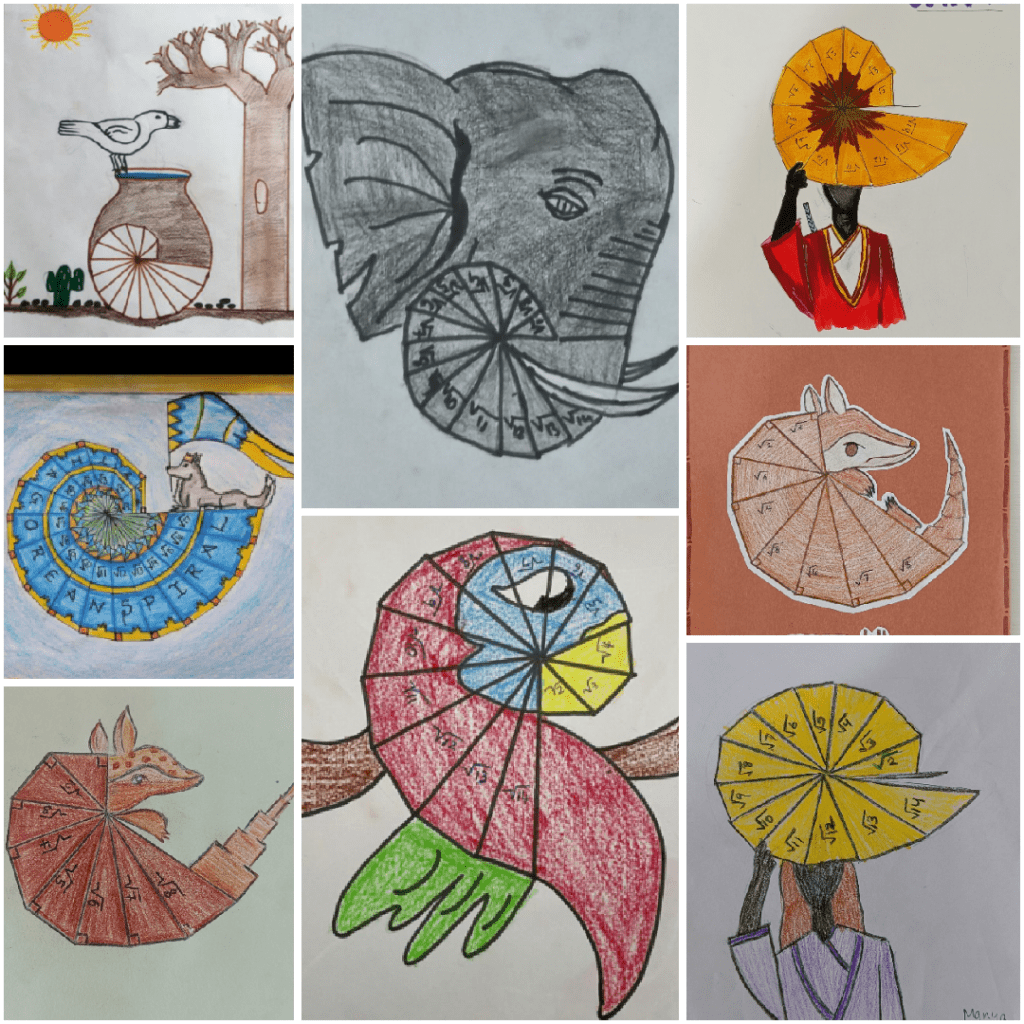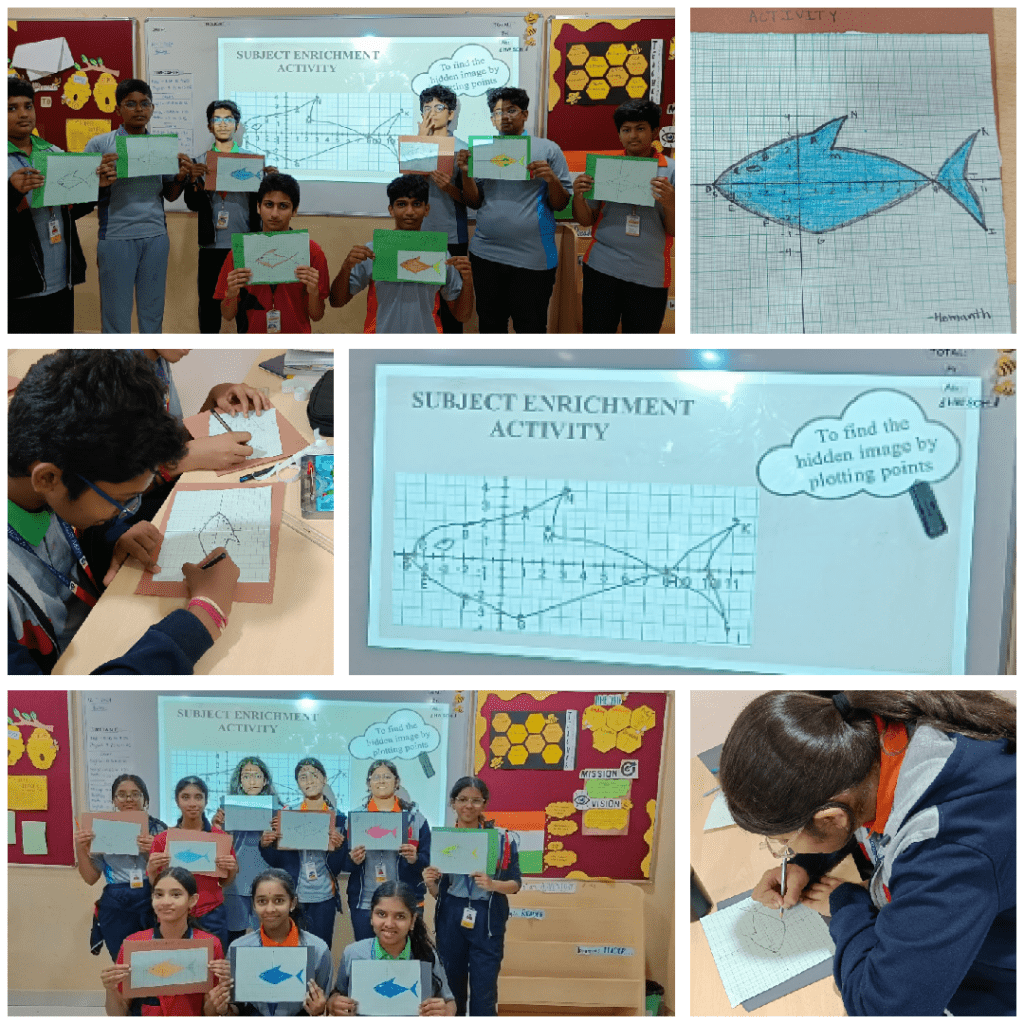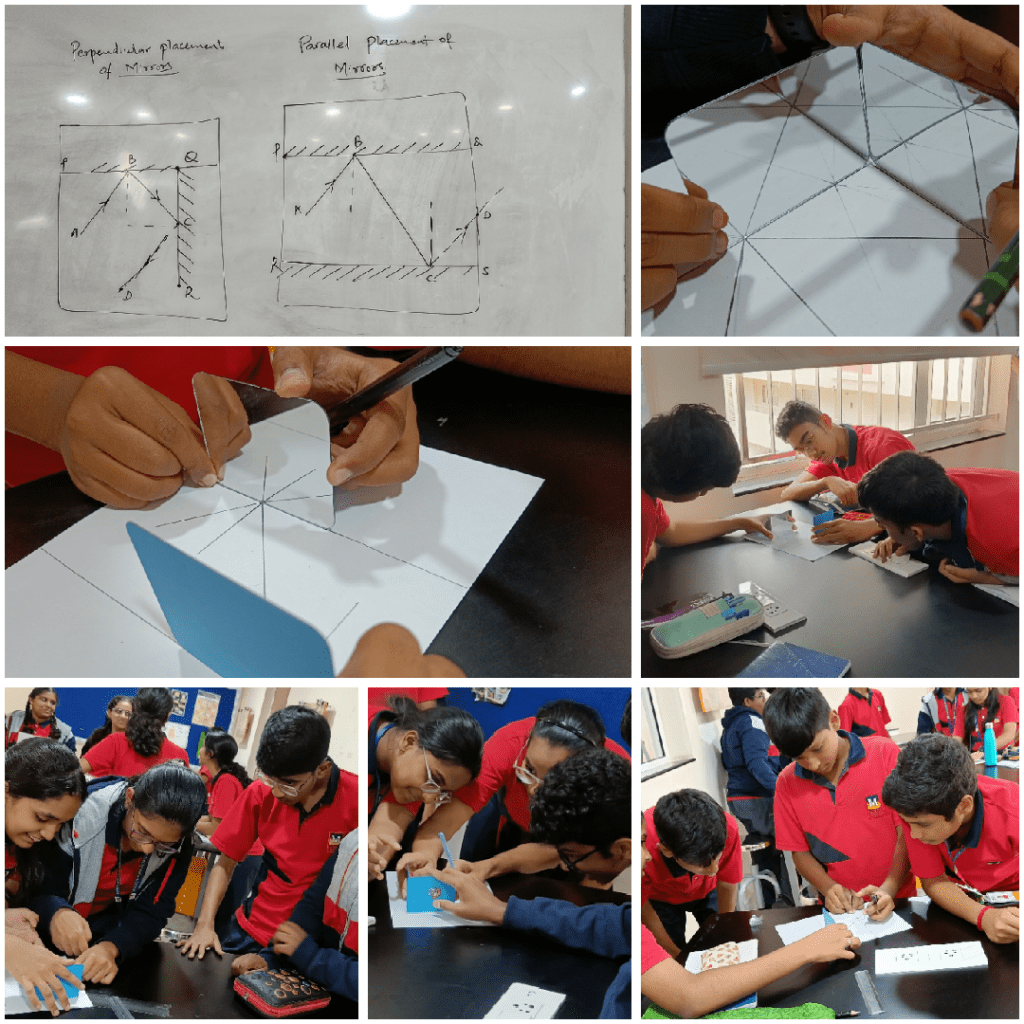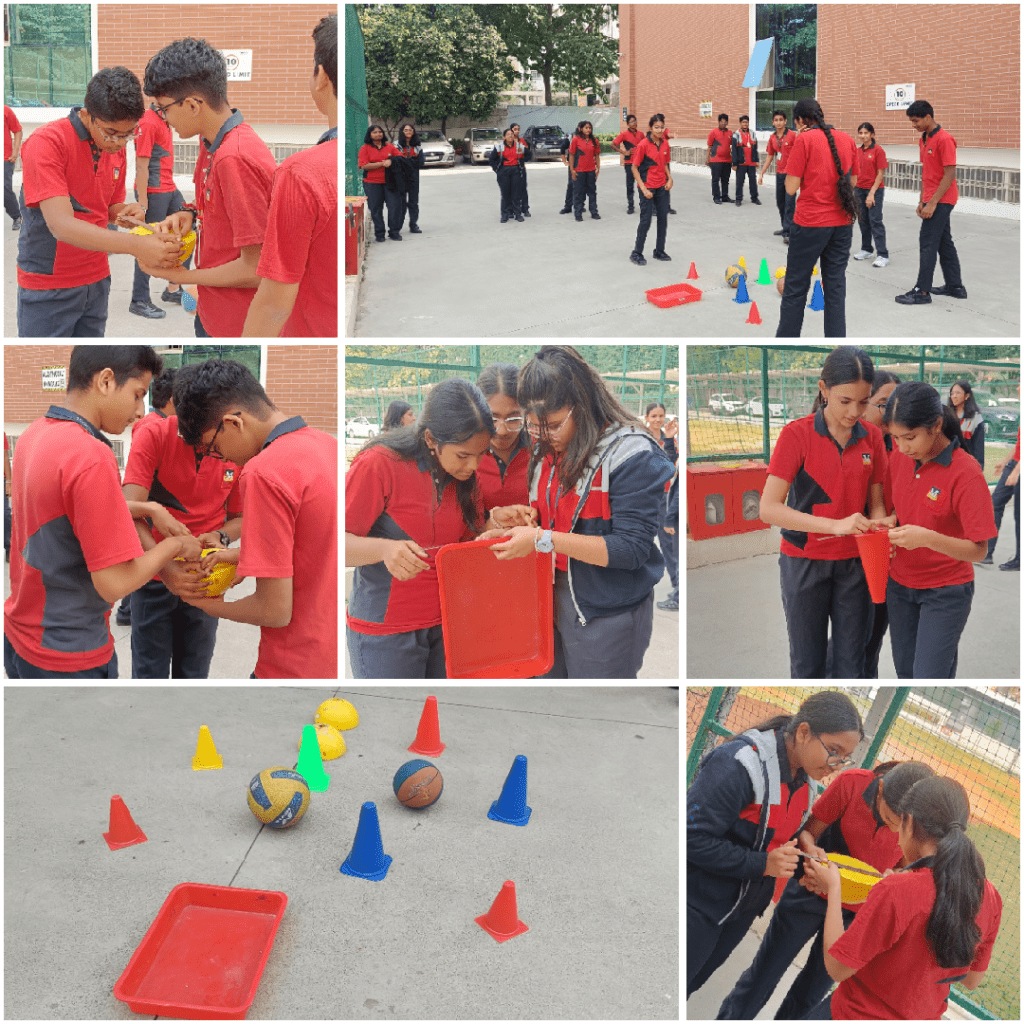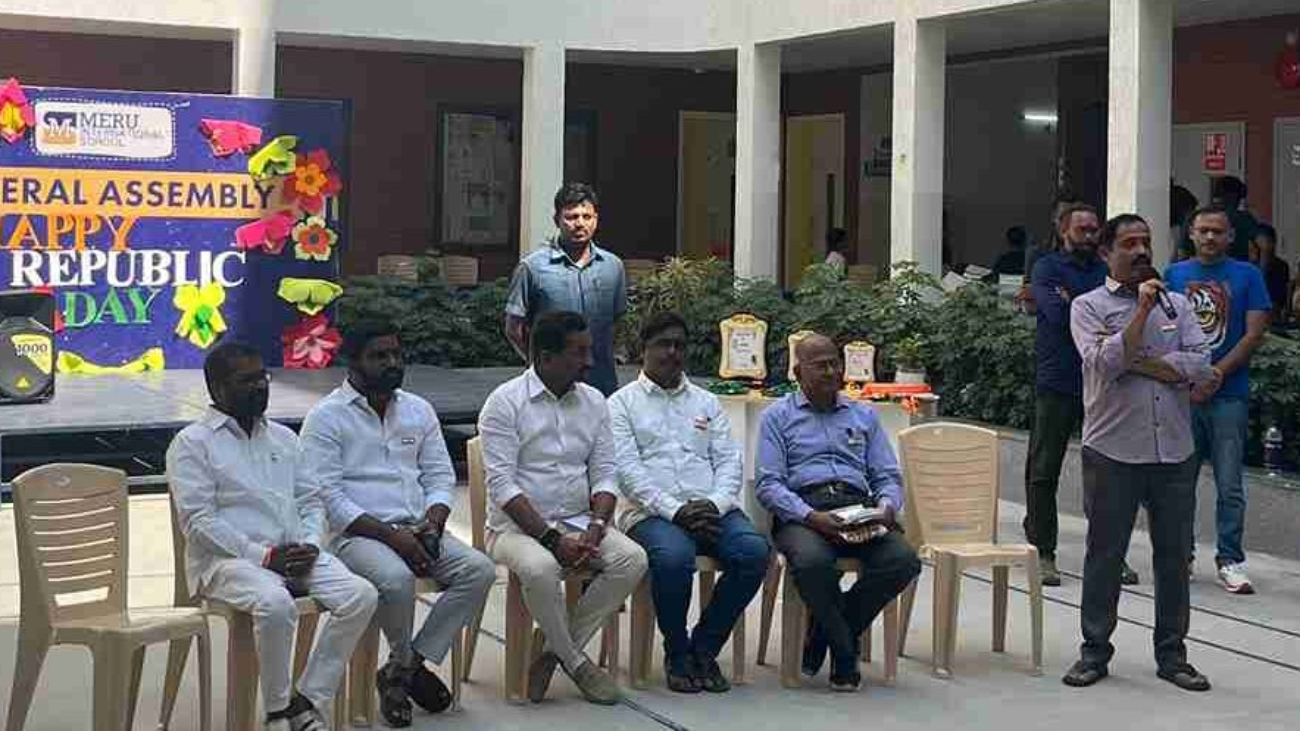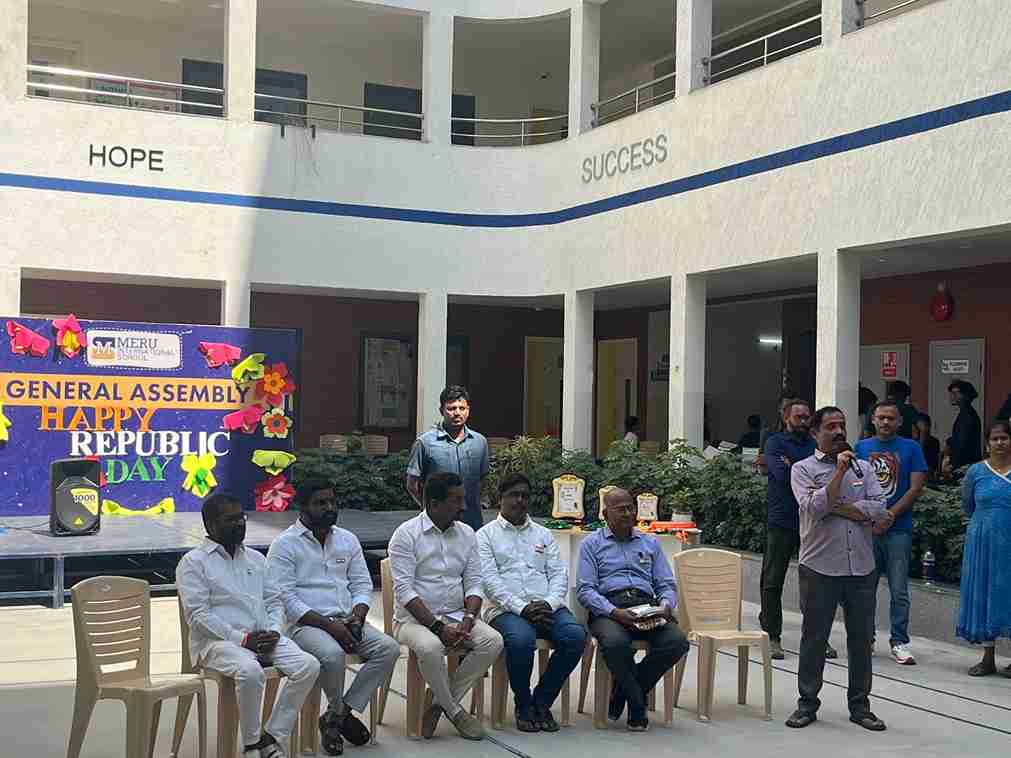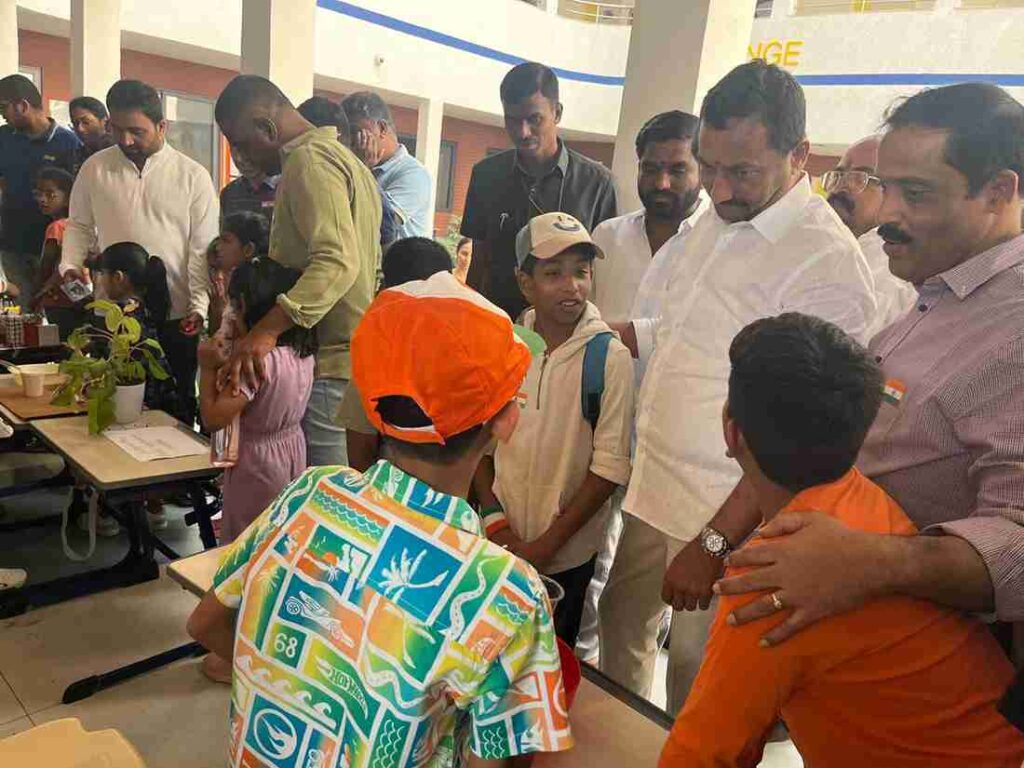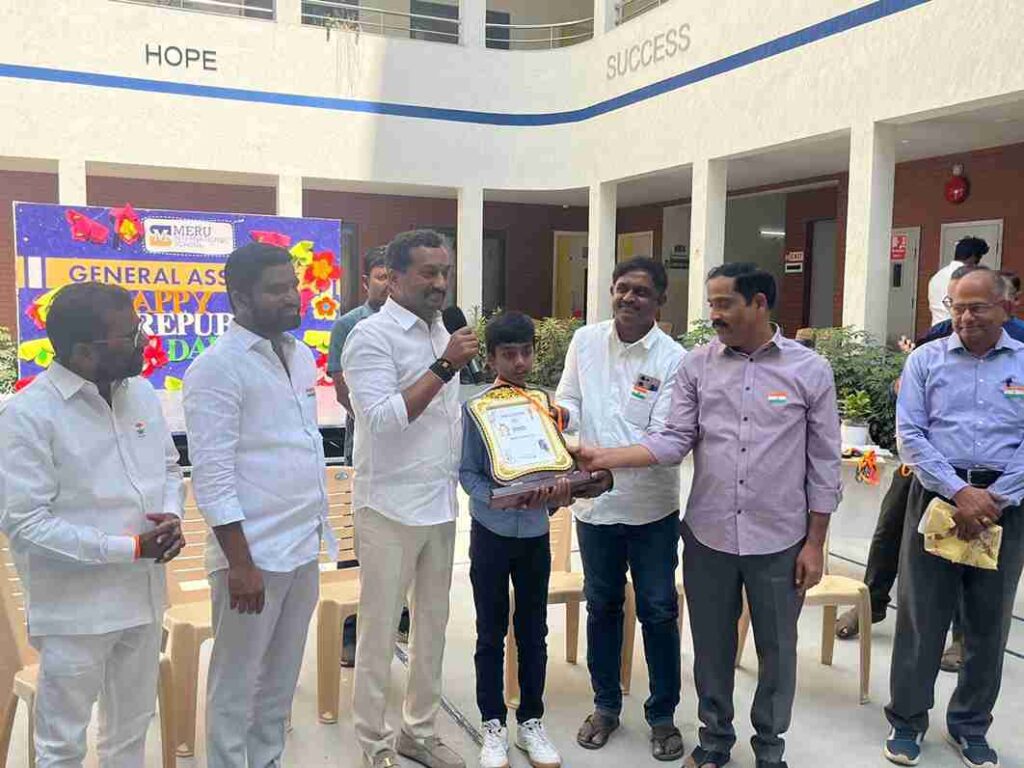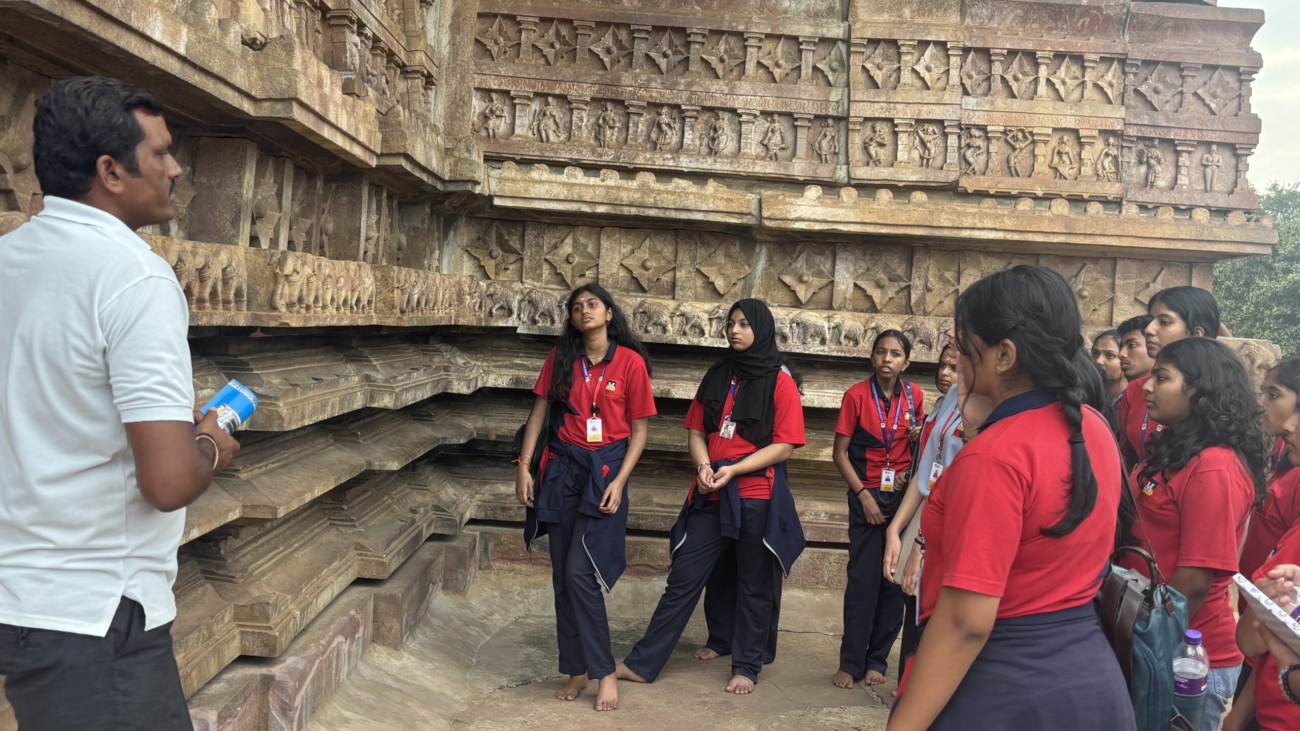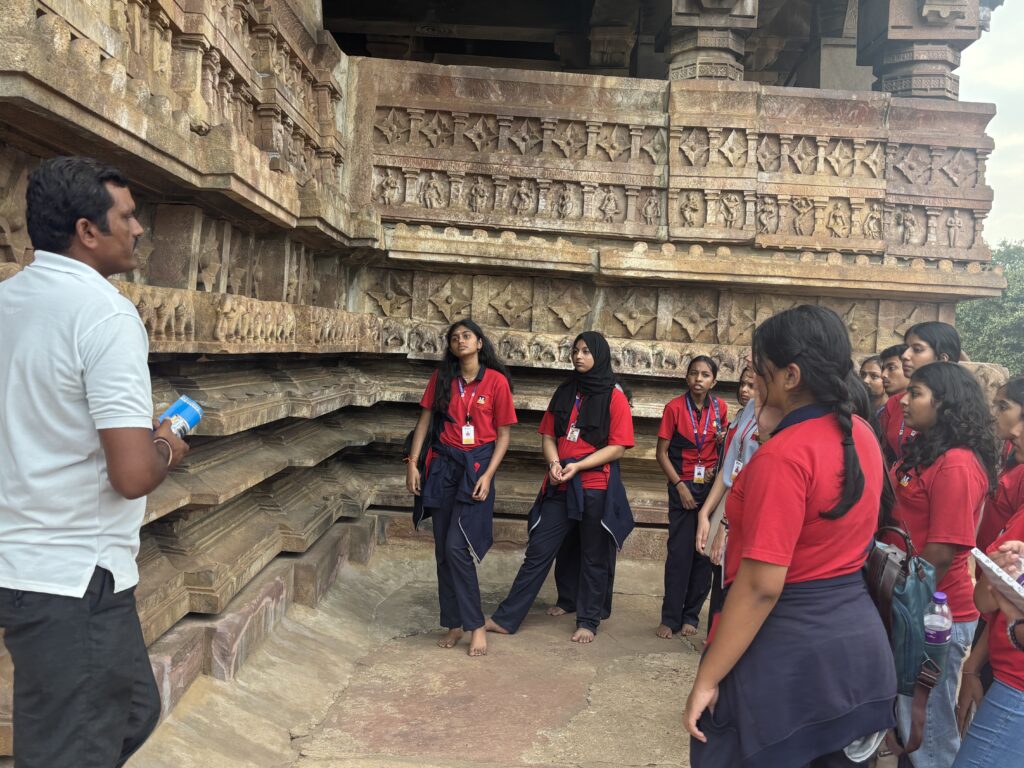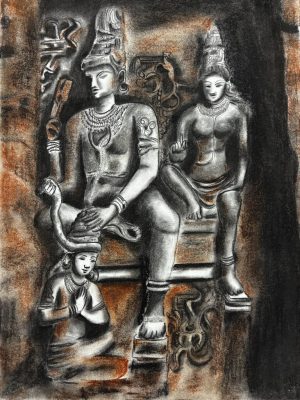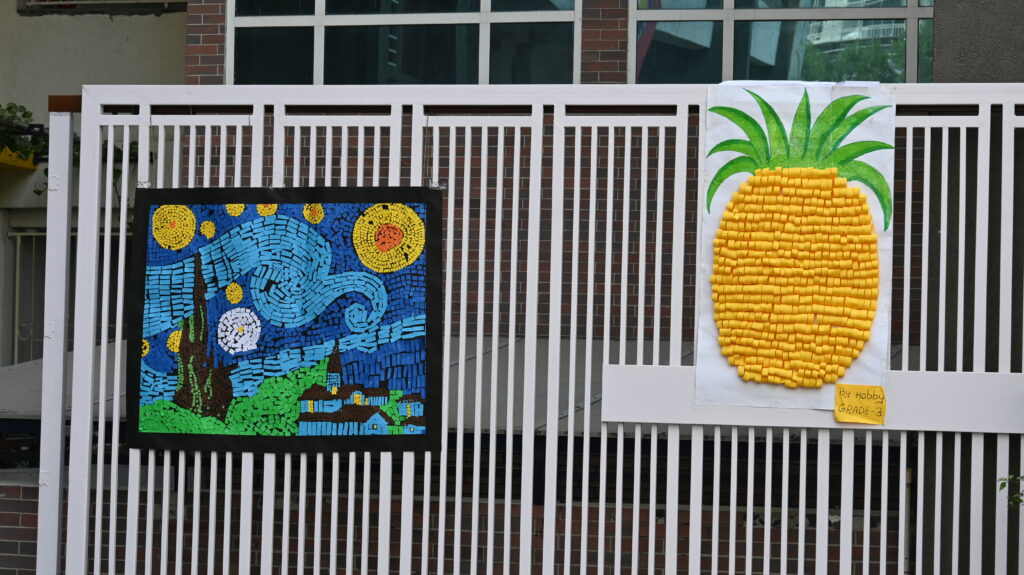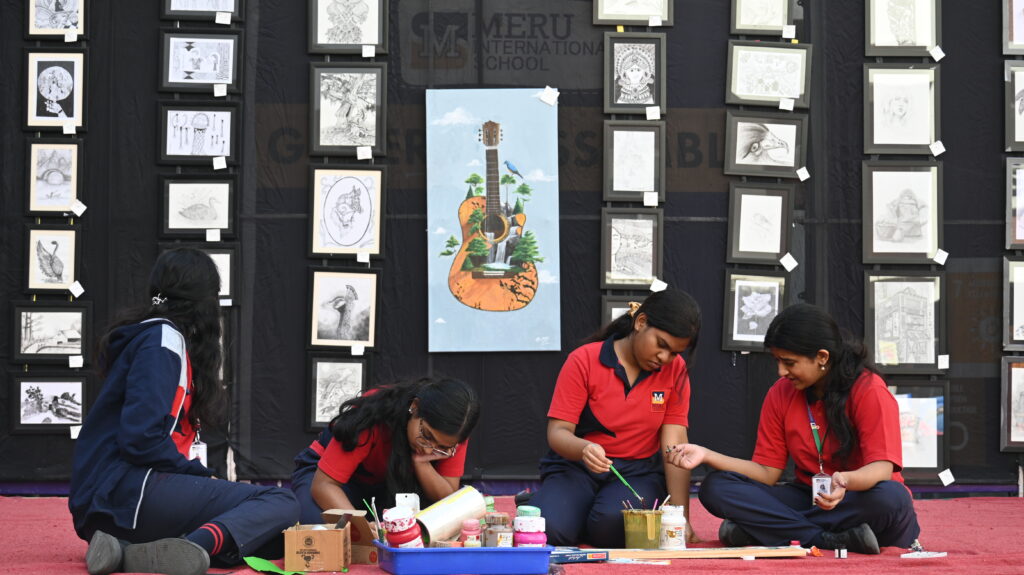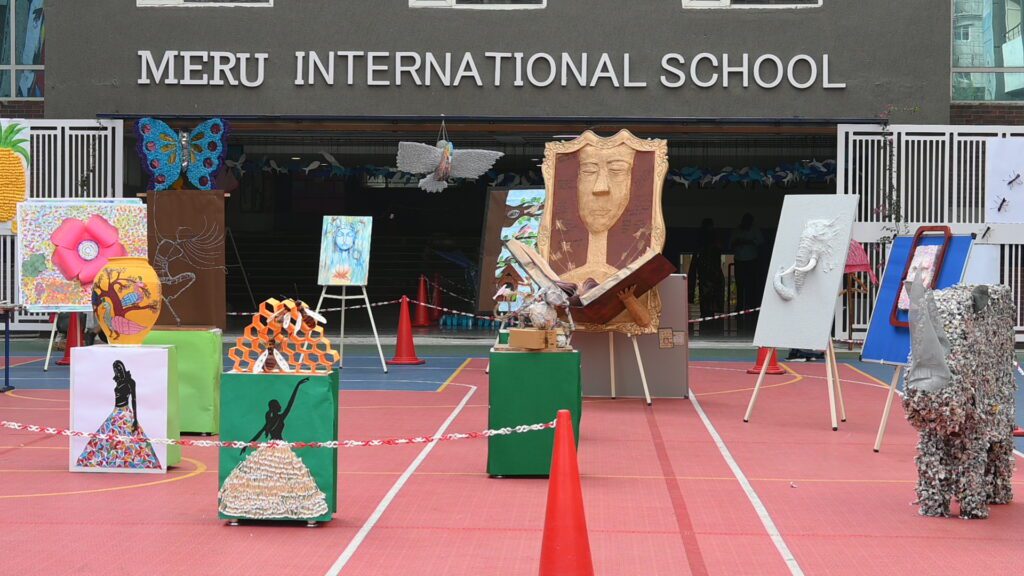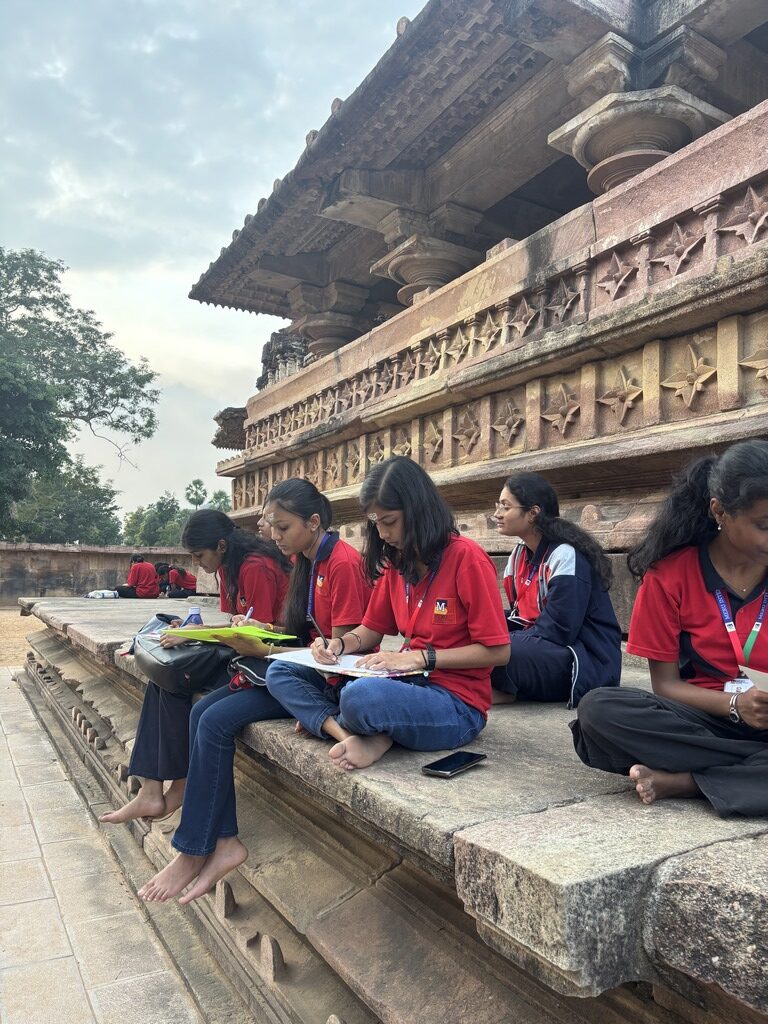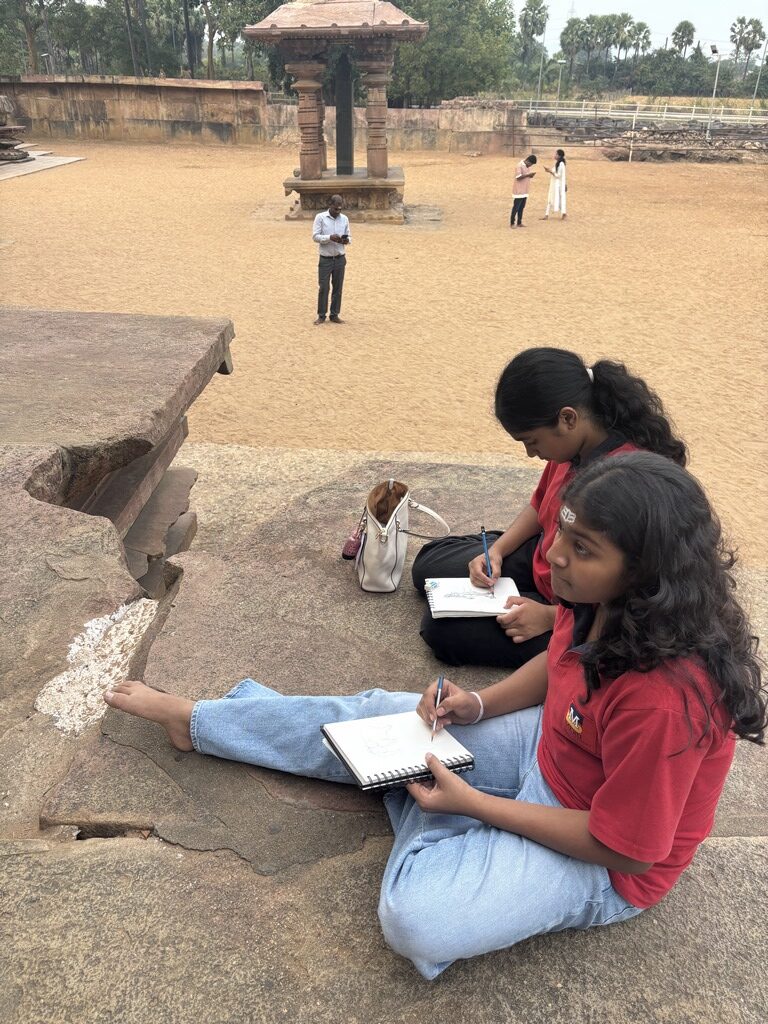In today’s fast-paced world, where technology plays a significant role in our everyday lives, it is crucial to emphasize the importance of physical activities, especially in preschool children. At Meru International School, we firmly believe that physical activities in early childhood are fundamental for a child’s growth and development. In this blog, we will discuss the reasons why physical activities hold immense importance for preschoolers.
Enhances Motor Skills
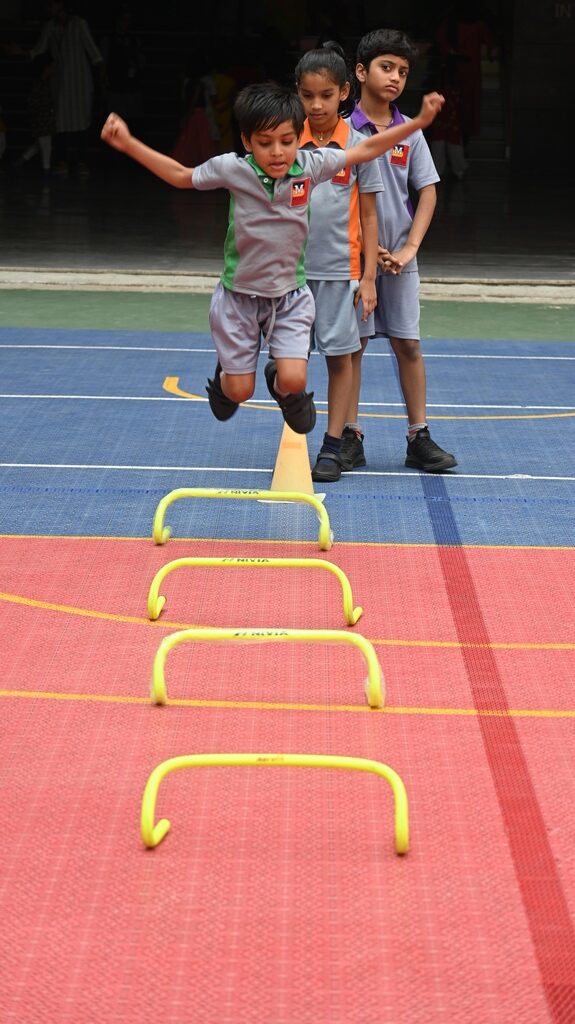
Engaging in physical activities helps develop essential gross and fine motor skills in preschool children. Running, jumping, and climbing are activities that enhance their coordination and balance. Moreover, activities such as drawing and painting also contribute to the development of fine motor skills, aiding in their pre-writing skills.
Promotes Physical Health
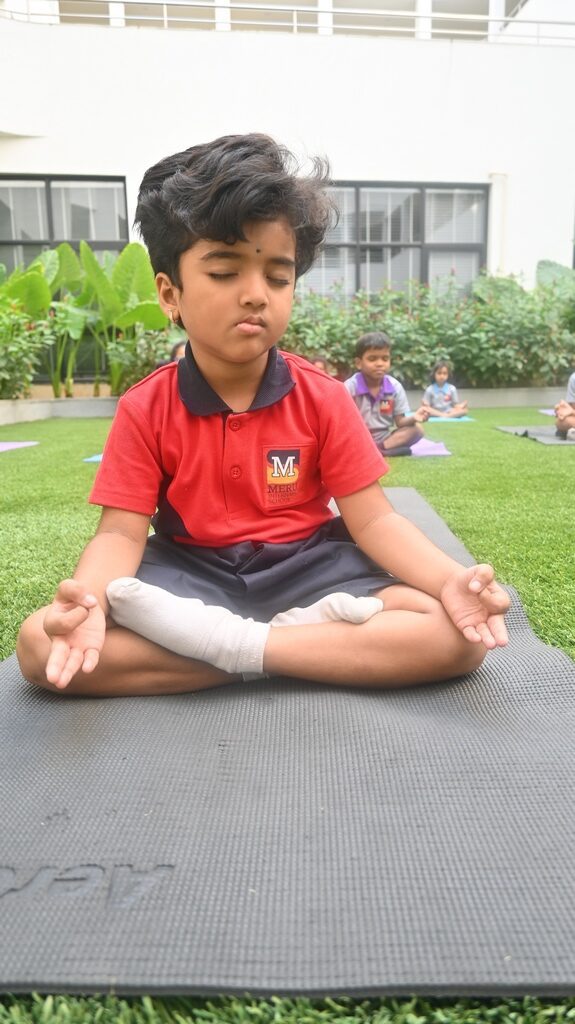
Physical activities in preschool children help lay the foundation for a healthy lifestyle. By participating in activities such as outdoor games, yoga, and dancing, children build strength, stamina, and flexibility. These exercises contribute to the optimal development of their muscles and bones, reducing the risk of obesity and related health issues.
Boosts Cognitive Development

Research has shown that physical activities stimulate cognitive development in preschool children. When children participate in activities that involve problem-solving, decision-making, and quick thinking, they develop stronger neural connections, leading to improved cognitive skills. Physical activities also enhance memory, attention span, and concentration, which are vital for academic success.
Social Interaction and Emotional Well-being
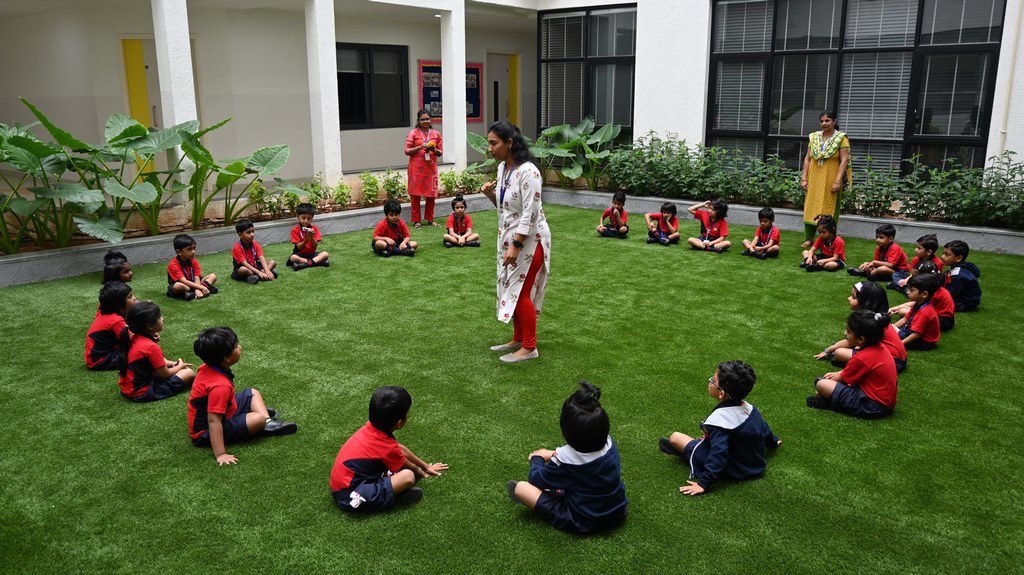
Physical activities provide an ideal platform for preschoolers to interact with their peers, learn the art of cooperation, and develop social skills. Whether it’s playing tag or participating in group games, children learn to communicate, negotiate, and develop teamwork. Additionally, engaging in physical activities helps reduce stress and anxiety, promoting emotional well-being in young children.
Instils Discipline and Routine
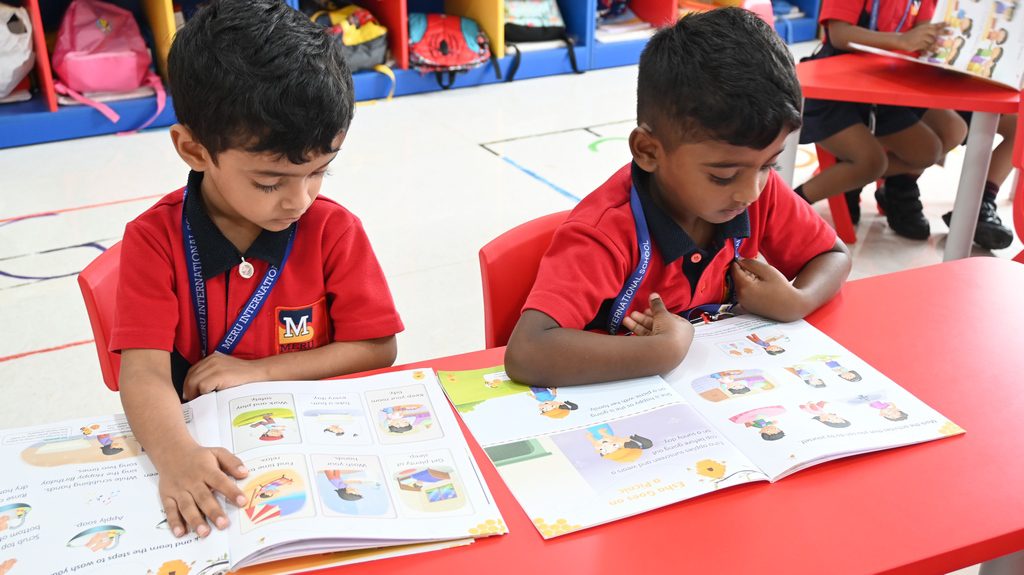
Participating in physical activities from a young age helps establish a sense of routine and discipline. Preschoolers learn the importance of following instructions, respecting rules, and taking turns, which are valuable life skills. Regular engagement in physical activities assists in developing a sense of responsibility, time management, and self-regulation, all essential qualities for success in later life.
Conclusion:
Physical activities are essential for the holistic development of preschool children. At Meru International School, a renowned CBSE & Cambridge institution with campuses in Miyapur and Tellapur, Hyderabad, we understand the value of incorporating physical activities into our curriculum to ensure that our students receive a balanced and comprehensive education. Our sports program is thoughtfully designed to promote physical health while fostering intellectual, social, and emotional growth.
To highlight the importance of physical activities, we are proud to offer dedicated spaces like our Jungle Gym and Playtopia, which are an integral part of our preschool infrastructure. These areas are designed to stimulate and support the physical development of young children, ensuring they engage in fun, enriching activities.
Join us in promoting physical activity as part of every child’s development. Together, we can create a brighter, healthier future for our little ones.
Watch our Sports Program video here: Meru International School Sports Program
Explore our preschool infrastructure:


